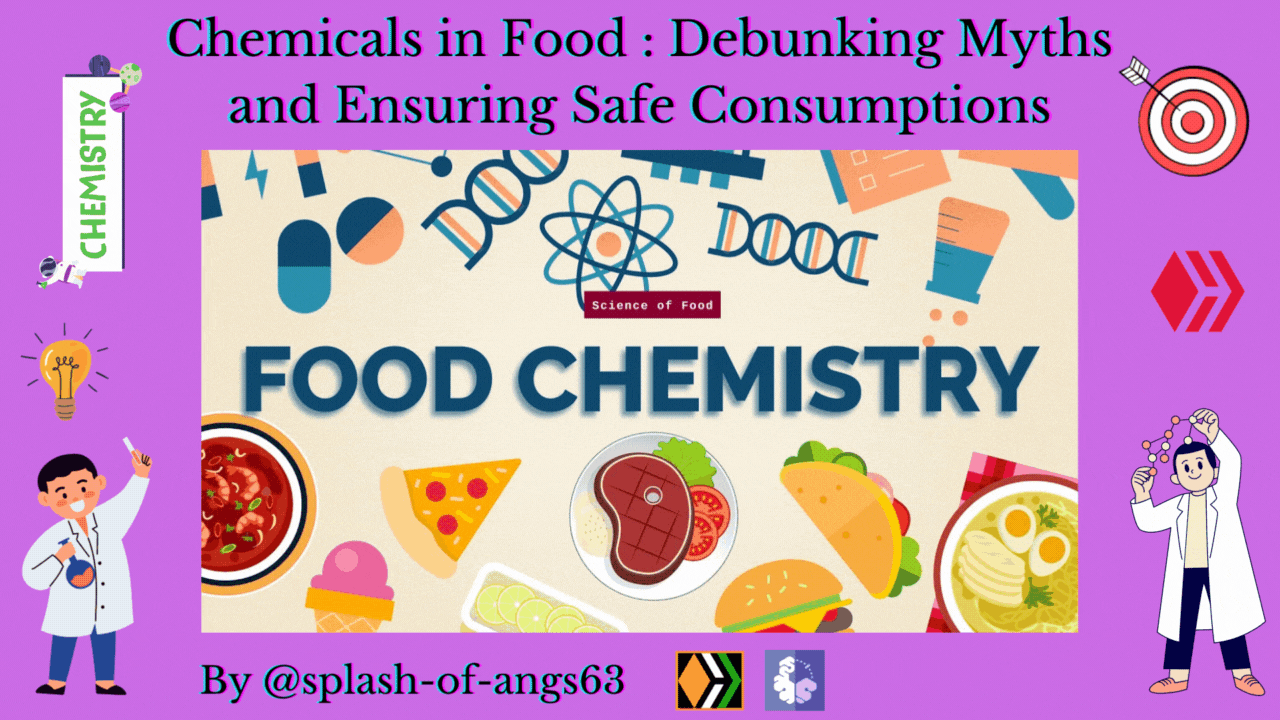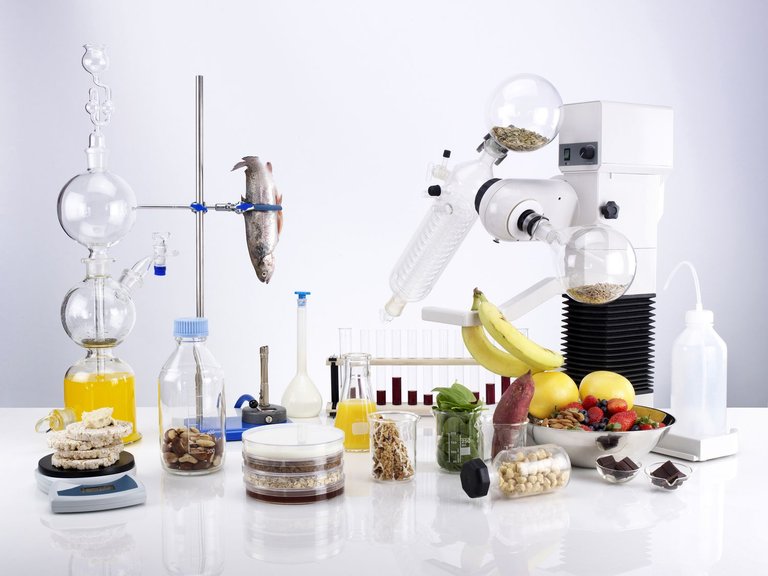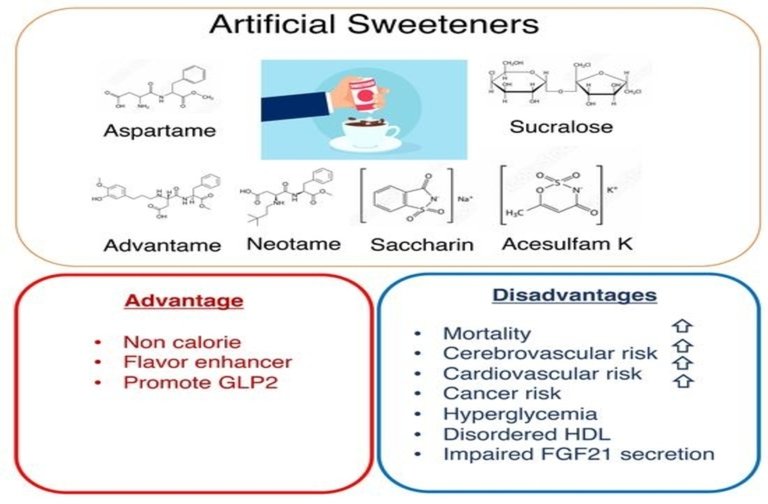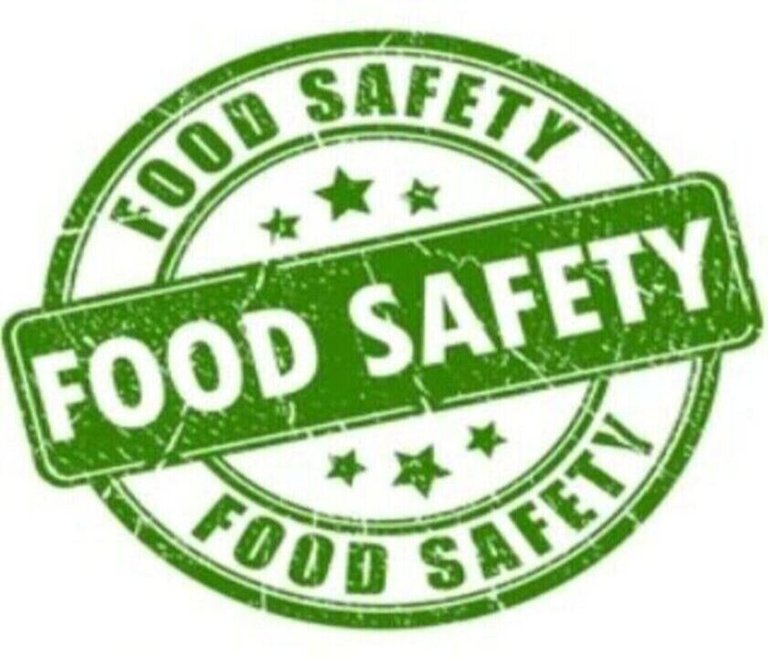Chemicals in Food : Debunking Myths and Ensuring Safe Consumptions |ChemFam #46|
Greetings to everyone! Today, we shall be discussing about the chemicals which play an important role in food products. In today's fast-paced world, the food industry has undergone significant changes to meet the needs of an ever-growing global population. With this expansion, concerns regarding the presence of chemicals in food have also intensified. Consumers are becoming more aware of what they put on their plates, prompting questions about the safety and necessity of various additives, preservatives, and other chemicals in the food they consume.

Chemicals are added to food for their preservation, enhancing their appeal and adding nutritive value in them. Some of the main categories of food additives are as follows -
- Food colours
- Flavours and sweeteners
- Fat emulsifiers and stabilizing agents
- Antioxidants
- Preservatives
- Nutritional supplements such as minerals, vitamins and amino acids.
These substances serve various purposes, which includes enhancing taste, extending shelf life, preventing spoilage, improving texture and preserving nutritional value. Additionally, some chemicals are naturally occurring, while others are synthetically produced. It's essential to recognize that not all chemicals in food are harmful; many are considered safe for human consumption and are rigorously tested before being approved for use. Except, the last category of the above classification, none of the above have nutritive value.

The Role of Food Additives
Food additives are substances added to food during processing to maintain or improve its safety, quality and appearance. Some common food additives are listed below:
Artificial Flavors and Colors: These chemicals are used to boost the taste and appearance of food. They allow them to make the food products more appealing to consumers.
Preservatives: Preservatives help prevent or slow down the growth of bacteria, molds, and yeasts and thus thus extends the shelf life of various food products.
Emulsifiers: Emulsifiers help stabilize mixtures of oil and water. Agents causing emulsions are called as emulsifying agents and they prevents separation and ensures a consistent texture in certain food products.
Antioxidants: Antioxidants are added to prevent the oxidation of fats and oils. They thus increase the stability of food products and prevents from rancidity.
Sweeteners: Artificial sweeteners are used as substitutes of sugar in low-calorie or sugar-free products. These chemicals mostly attracts consumers with dietary restrictions or those that plans to reduce caloric intake.
Artificial Sweetening Agents
Natural sweeteners such as sucrose adds to calorie intake and therefore many people prefer to use artificial sweeteners. Ortho-sulphobenzimide also called saccharin is the first popular artificial sweetening agent. It has been used as a sweetening agent ever since it was discovered in 1879. It is about 550 times as sweet as cane sugar. It is excreted from the body in urine unchanged. It appears to be entirely inert and harmless when taken. Its use of great value to diabetic persons and people who need to control intake of calories.
Another class of artificial sweeteners is aspartame. It is one of the most successful and widely used artificial sweeteners. It is roughly 100 times as sweet as cane sugar. It is methyl ester of dipeptide formed from aspartic acid and phenylalanine. Use of aspartame is limited to cold foods and soft drinks because it is unstable at cooking temperature.

Alitame is another artificial sweeteners with high potency. Although it is more stable than aspartame, the control of sweetness of food is difficult while using it.
Sucralose is trichloro derivative of sucrose. Its appearance and taste are like sugar. It is stable at cooking temperature. It does not provide calories.
Common Myths Surrounding Chemicals in Food
Chemicals are Always Harmful: One of the most prevalent misconceptions is that all chemicals in food are harmful to our body. In reality, many food additives have been extensively studied and considered safe by regulatory agencies such as the Food and Drug Administration (FDA) and the European Food Safety Authority (EFSA).
Natural is Always Better: Some consumers believe that natural additives are inherently safer than synthetic ones. However, both natural and synthetic additives undergo rigorous safety evaluations, and the source of the additive does not necessarily dictate its safety.
Chemicals Cause Hyperactivity in Children: There is limited evidence to support the belief that food additives cause hyperactivity in children. Studies have shown conflicting results, and experts agree that only a small percentage of children may be sensitive to certain additives.
Ensuring Food Safety: Regulations and Testing
To safeguard public health, various regulatory bodies worldwide have established guidelines for the use of food additives and chemicals. These agencies evaluate the safety of food additives before granting approval for their use. In the United States, the FDA regulates food additives under the Food, Drug, and Cosmetic Act, ensuring that substances are safe and adequately labeled.

Before a food additive is approved, it must undergo extensive testing, including studies on animals and human trials. This process assesses the potential risks associated with the additive, such as carcinogenicity, genotoxicity and reproductive toxicity. Only additives that meet strict safety criteria are permitted for use in food products.
Conclusive thoughts
Chemicals in food play a vital role in ensuring the safety, quality, and availability of a diverse range of food products. While concerns about their presence are understandable, it's essential to distinguish between harmful and safe additives. Rigorous testing and stringent regulations are in place to evaluate the safety of food additives before they are approved for consumption. By understanding food labels, staying informed, and making thoughtful choices, consumers can confidently navigate the world of chemicals in food while maintaining a balanced and nutritious diet.
Allow me to wrap my article for today, we shall meet again :)
SCRAP Giveaway | Terracore | Draw #3 |
Unveiling The Secrets of Antiseptics and Disinfectants |ChemFam #45|
SCRAP Giveaway | Terracore | Draw #2 |
What are Antimicrobials and Antimicrobial Drugs? |ChemFam #44|
Therapeutic Action of Different Classes of Drugs |ChemFam #43|
Introduction to Drugs and Drug-Target Interaction |ChemFam #42|
Scientists Analyze a Single Atom With X-Rays For The First Time |ChemFam #41|
Can We Slow Down Aging? |ChemFam #40|
Studying The Cluster Compounds: The LNCC |ChemFam #39|
Biochemistry of Calcium: Role of Calcium in Muscle Contraction |ChemFam #38|
Biosynthesis of Fatty Acids: De Novo Synthesis of Fatty Acids |ChemFam #37|
Hapticity and The Eighteen Electron Rule |ChemFam #36|
An Introduction To Organometallic Chemistry |ChemFam #35|
Applications of Zeolites: The 3D Molecular Sieves |ChemFam #34|
Properties of Zeolites: The 3D Molecular Sieves |ChemFam #33|
Zeolites: The 3D Molecular Sieves |ChemFam #32|
The Beauty of Eucalyptus Tree |ChemFam #31|
PS The thumbnail image is being created by me using canva.com by using template image from Science of Foods


This post has been manually curated by @bhattg from Indiaunited community. Join us on our Discord Server.
Do you know that you can earn a passive income by delegating to @indiaunited. We share more than 100 % of the curation rewards with the delegators in the form of IUC tokens. HP delegators and IUC token holders also get upto 20% additional vote weight.
Here are some handy links for delegations: 100HP, 250HP, 500HP, 1000HP.
100% of the rewards from this comment goes to the curator for their manual curation efforts. Please encourage the curator @bhattg by upvoting this comment and support the community by voting the posts made by @indiaunited.
Thanks for your contribution to the STEMsocial community. Feel free to join us on discord to get to know the rest of us!
Please consider delegating to the @stemsocial account (85% of the curation rewards are returned).
Thanks for including @stemsocial as a beneficiary, which gives you stronger support.